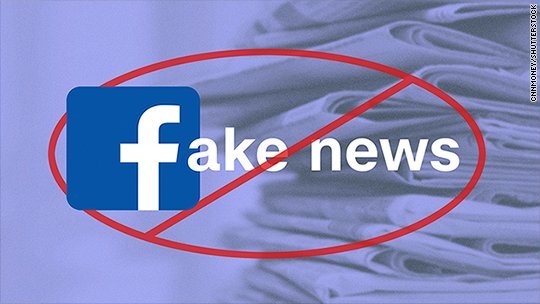Does Facebook really care whether the stories at the top of your news feed are accurate?
The company is trying to convince skeptics that the answer is yes.
Facebook’s latest step is an “educational tool” that will pop up at the top of the news feed. The company announced it on Thursday and said it’s designed to help users ferret out fake stories.
“When people click on this educational tool at the top of their News Feed, they will see more information and resources in the Facebook Help Center, including tips on how to spot false news, such as checking the URL of the site, investigating the source and looking for other reports on the topic,” Facebook news feed VP Adam Mosseri said in a blog post.
The tool will show up for “a few days,” Mosseri said, for users in 14 countries, including in the United States.
Facebook has come under withering scrutiny for its role in spreading so-called “fake news” — articles that are designed to deceive people. These types of bogus stories have been shown to spread virally on Facebook. There is widespread agreement that it’s a problem, but stamping out these stories is a huge challenge.
Completely made-up stories are usually produced either by profiteers or propagandists. Facebook has targeted what it calls the “worst of the worst” by attaching warning labels to stories that are found by independent fact-checkers to be completely fact-free.
Those stories are now minimized by the algorithmic news feed and are accompanied by a warning label.
Facebook remains under pressure to do more. Other recent initiatives have included the hiring of a longtime journalist, Campbell Brown, to be the company’s top liaison to newsrooms, and an investment in a new group called the News Integrity Initiative.
Mosseri articulated Facebook’s evolving view on the matter in the blog post on Thursday, stating, “We know people want to see accurate information on Facebook — and so do we. False news and hoaxes are harmful to our community and make the world less informed. All of us have a responsibility to curb the spread of false news.”
The company has also tried to target the financial incentives that hoaxers have enjoyed.




